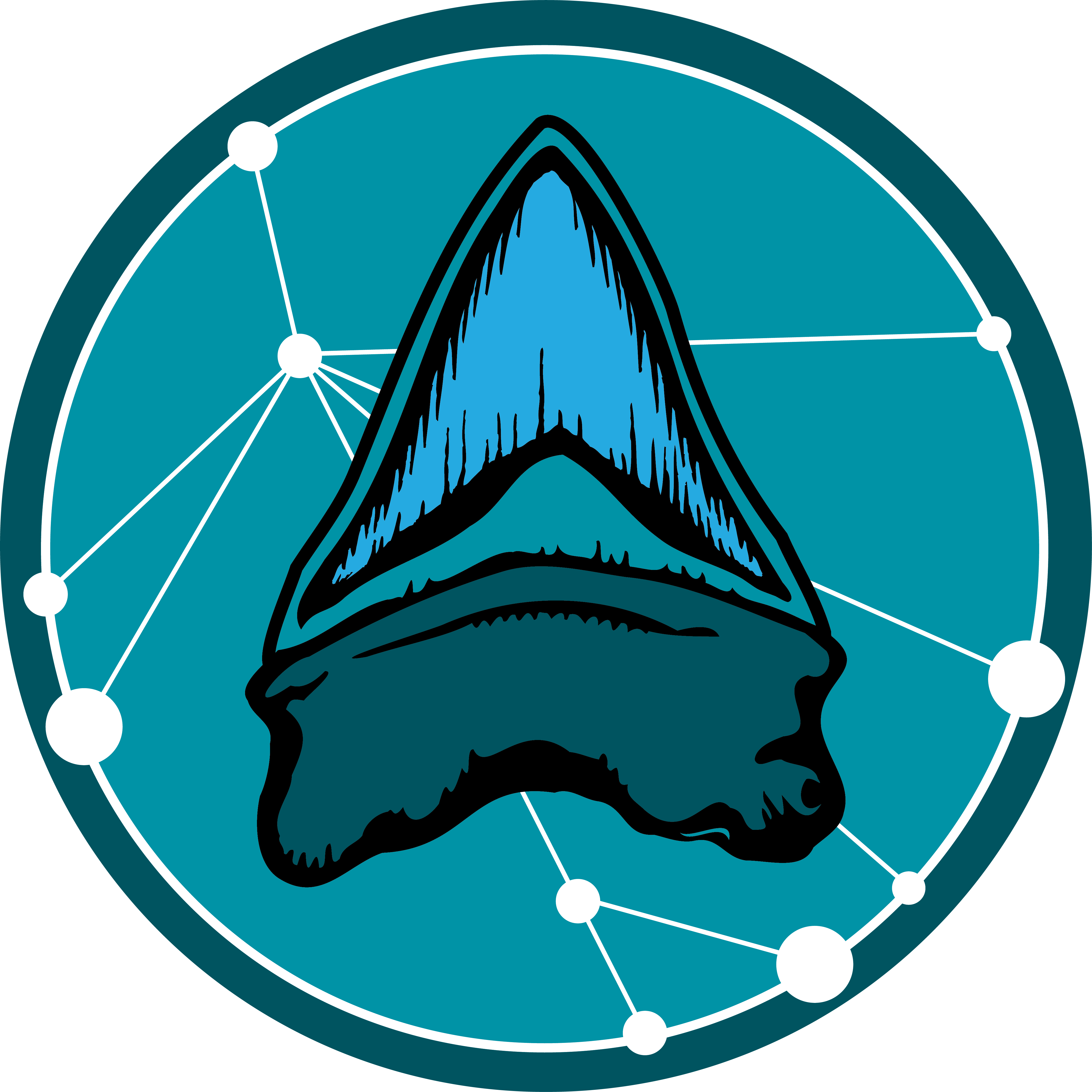 The yearlong professional development program equips teachers with the tools to introduce students to AI and inspire STEM careers.
The yearlong professional development program equips teachers with the tools to introduce students to AI and inspire STEM careers.
GAINESVILLE, Fla. — Nineteen Florida middle school science teachers representing 13 counties will spend five days this summer at the University of Florida’s main campus in Gainesville learning how they can use ancient fossil shark teeth to introduce their students to emerging technology: Artificial Intelligence (AI). The workshop is just one component of a yearlong professional development program hosted by the University of Florida Thompson Earth Systems Institute’s Scientist in Every Florida School Program titled “AI Learning in K-12 with Fossil Sharks,” or “Shark AI” for short.
This is the second year of the three-year Shark AI project, funded by a $1.3 million grant from the National Science Foundation in collaboration with the UF Herbert Wertheim College of Engineering, the UF College of Education and St. Mary’s College of Maryland.
From July 10-14 the project’s second cohort of participating teachers, who teach primarily at schools that receive Title I funds, will learn how to use a branch of AI called machine learning. With the assistance of paleontologists, education professionals and computer engineers, they will teach computers how to use shape, color and texture to identify the teeth of the extinct giant shark megalodon — and build standards-based lesson plans around the activity. The customizable lesson plans and interactive machine-learning models made during the workshop will be available for any teacher to access for free.
Like dinosaurs, sharks are a charismatic group of animals that excite students, says Bruce MacFadden, the project’s principal investigator. As a hotspot for fossil shark teeth, Florida is the perfect location for this kind of program. Additionally, teachers will have online access to the Florida Museum of Natural History’s collection of tens of thousands of shark specimens.
“Sharks are the hook to get them interested and, with their simple morphology, are easy specimens to identify using AI,” said MacFadden. “Once we have the students’ attention, we will be able to work on how machine learning can help them answer other scientific questions.”
Last summer, SEFS hosted the first teacher cohort, and several teachers have come back to deepen their understanding of AI and share their classroom experiences with the new teachers.
“This whole thing with AI is very intriguing. And it’s new, and it’s something that we’re finding ourselves interacting with more and more,” said Melissa Atkins, a returning teacher from Tradewinds Middle School in Palm Beach County. “What a great way to take something that’s so old and ancient, that’s super cool and will get the kids’ attention, and then merge it with something that’s new and exciting and part of the future.”
In addition to the workshop, selected teachers are required to implement lesson plans, schedule a scientist visit to their classroom and complete regular check-ins with the project team during the next academic year. Teachers who complete the program will receive a stipend for their participation.
Once the lesson plans are implemented in the classroom, students will also learn more about the career possibilities related to AI, says Jeremy Waisome, an instructional assistant professor at the UF Herbert Wertheim College of Engineering, who is helping teach the workshop.
“We hope to understand ways to integrate AI in science classrooms that are accessible, engaging and exciting,” Waisome said. “We believe this foundational knowledge will inspire students to consider careers in STEM.”
Sources: Brian Abramowitz, babramowitz@floridamuseum.ufl.edu, 516-225-9390
Stephanie Killingsworth, skillingsworth@floridamuseum.ufl.edu, 561-644-2397
Media contact: Rebecca Burton, rlburton@floridamuseum.ufl.edu, 850-316-1555
EDITORS: Participating teachers are from Alachua, Escambia, Flagler, Marion, Martin, Miami-Dade, Monroe, Nassau, Osceola, Palm Beach, Putnam, Sarasota and St. Johns counties. Names, schools and contact information of selected teachers from each county are available upon request as well as photos and video from last year’s program. Photos and videos of this year’s program will be made available shortly after it concludes.